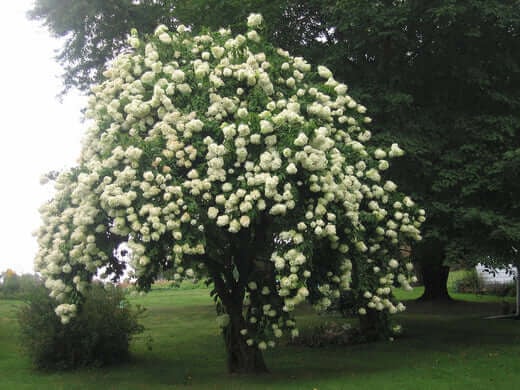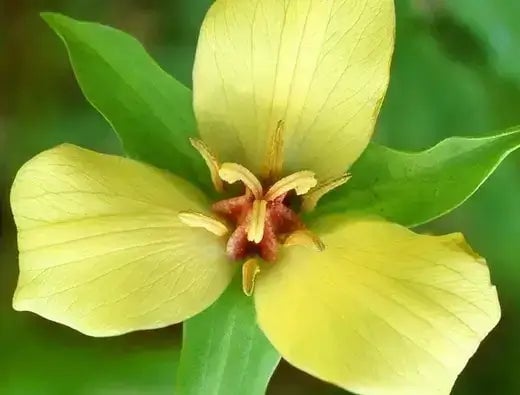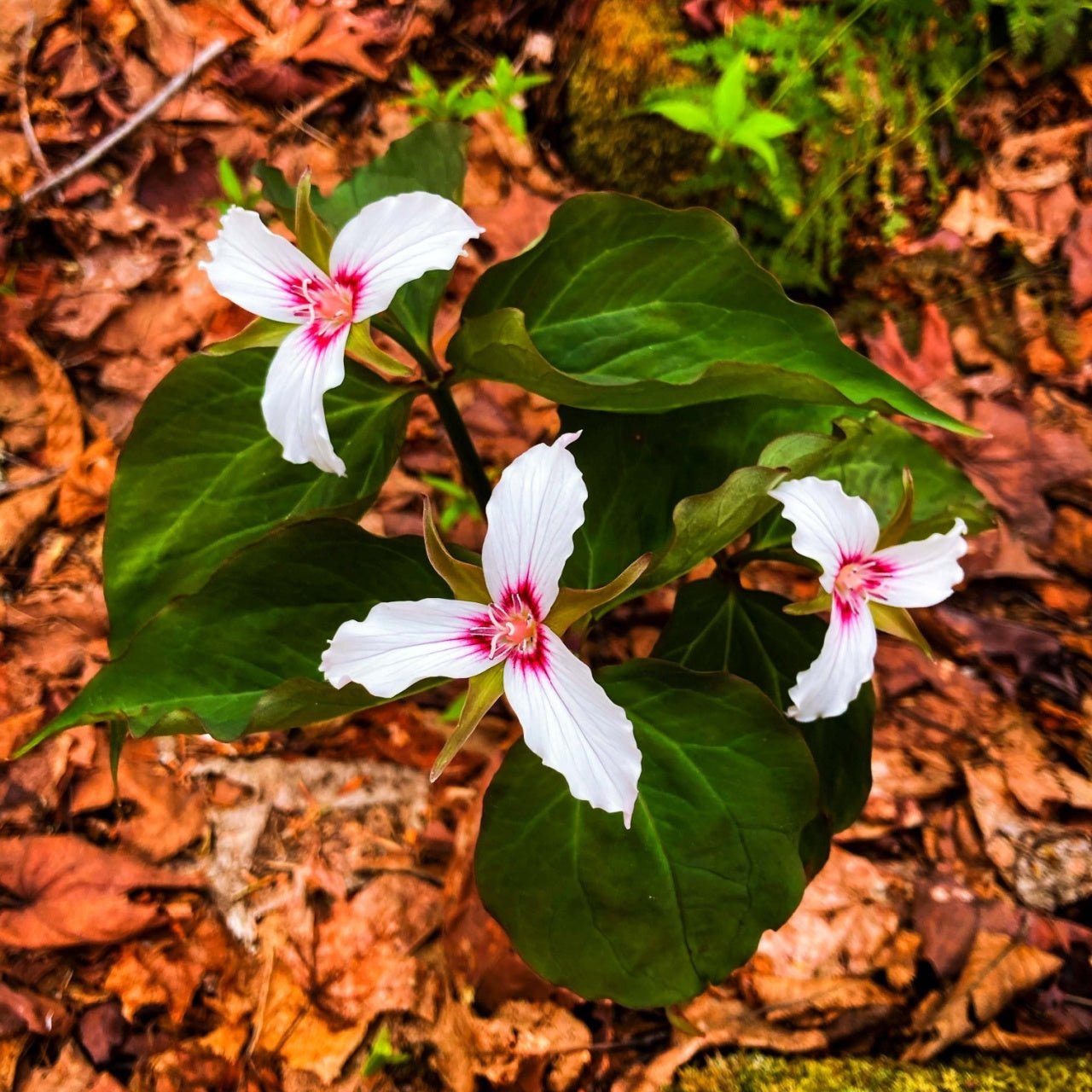Yellow Trillium Plant
The Yellow Trillium is a popular spring-flowering plant and can create an incredible visual impact in your garden or the patio.
Blooming
The Yellow Trillium blooms come in several different colors during the season: white, pink, lilac, lavender, and purple among them. They also have a powerful fragrance that will enhance the overall experience in your garden.
Where Would The Yellow Trillium Plant Grow?
Its natural habitat is in the shade and undergrowth of deciduous forests, but it can also grow in partial sunlight. You can easily transplant it in a container or flower bed. It will thrive and multiply when planted alongside and under more giant trees, providing beautiful flowers lasting from May until June.
Why Should You Buy the Yellow Trillium Plant
Brilliant Landscaping Choice
Because the Yellow Trillium Plant blooms in various colors, it is a beautiful choice for gardeners with mixed colors or shades within their yards. It can help enhance any landscape and provide perfect flowers for no maintenance.
Very Affordable
The Yellow Trillium is an excellent choice for gardeners who don't want to spend much money. For example, in the spring season, you can find a wide variety of Trillium at your local nursery or online.
Easy To Grow
The Yellow Trillium Plant is easier to grow and maintain if given the proper amount of water and sunlight. It proliferates, blooms readily, and can provide beautiful flowers throughout the season. You should include this plant in your spring planting list.
Thrives Almost Anywhere
The Yellow Trillium Plant thrives almost anywhere. It is also low maintenance and can be used in a flower bed or smaller containers on your patio.
This plant grows well and will thrive in partial sunlight or shady areas. It will also grow in your container gardens and flower beds, providing beautiful flowers throughout spring.
Read more

The Siberian iris is a warm and welcoming flower that blooms in the fall. It is native to the dry foothills of Central Asia. The foliage resembles the irises in Italy and France, but the flowers ar...

Viburnums are a species of over 150 types of shrubs or trees that are well known for having colorful flowers ranging from white to pink and foliage turning from dark green to a range of fall colors...




